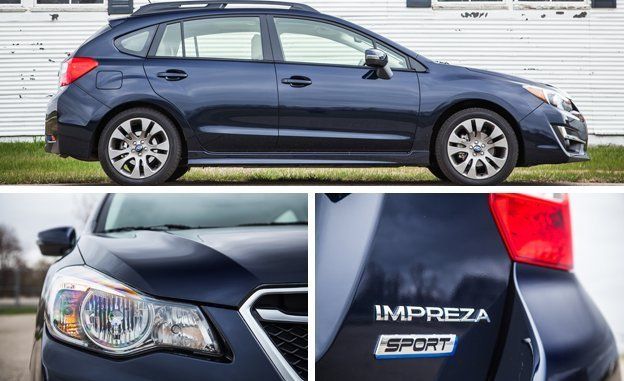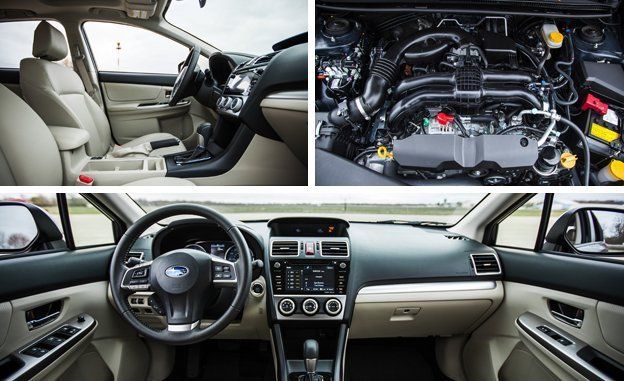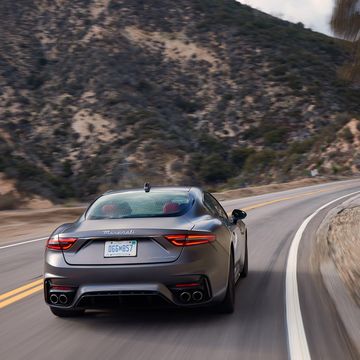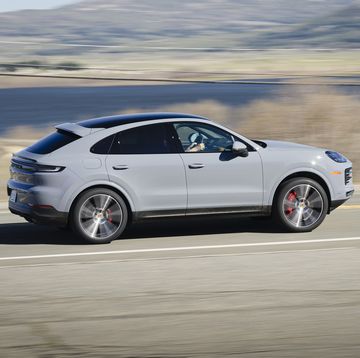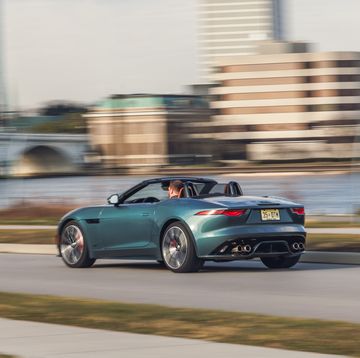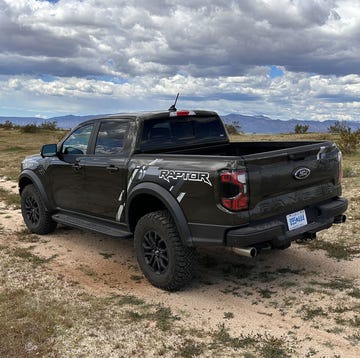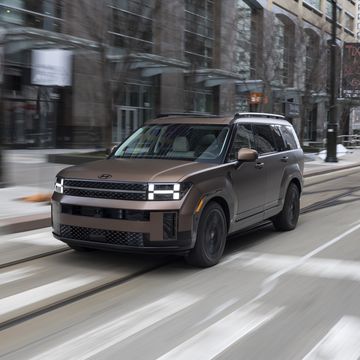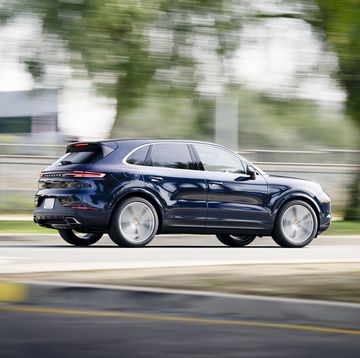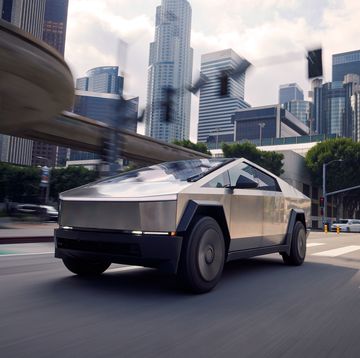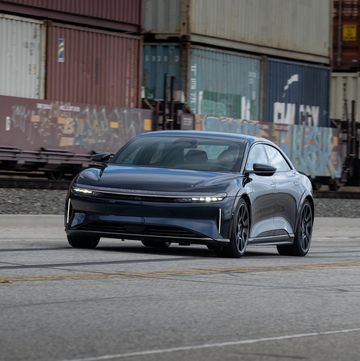Overview: Refreshed for 2015 on underpinnings that were all-new in 2012, the Subaru Impreza is the company’s least expensive offering, but it also lends its platform to other models including the Forester crossover, the XV Crosstrek and, of most interest to Car and Driver, the WRX. That makes it a foundation stone for a brand that continues to post explosive sales-growth numbers, up by 21 percent last year in a market that grew at less than one-third that rate. This burgeoning popularity can’t all be down to all-wheel drive (standard on everything but the rear-drive BRZ coupe). Credit, too, the high content levels for the price and a reputation for reliability and high value retention.
Subaru appends “2.0i” to the Impreza model name, although it denotes the only engine available, a 148-hp 2.0-liter boxer four-cylinder that replaced the previous generation’s stronger 2.5-liter. The Impreza four-door sedan is offered in three trim levels and the hatchback in five. For this review, we drove a 2015 Impreza 2.0i Sport Limited, the top model. The step up from the Sport Premium level brings leather seating, some exterior chrome trim, and upgraded infotainment and instrument-panel displays. This one had a $2795 option package that added a power sunroof, keyless access with push-button start, navigation, and the EyeSight Driver Assist package of safety technologies.
BUILD YOUR OWN | RANK IN SEGMENT
What’s New: The 2015 refresh brings a restyled front end resembling that of the larger Legacy, a faster steering ratio, an interior upgraded with better-looking materials, and a standard rearview camera, which displays on a touch-screen infotainment system that is standard on all models. The system has a 6.2-inch screen in lower trims and a 7.0-incher in higher-spec cars like the one we drove. Subaru also addressed complaints that the 2012 edition (like our long-term test example) was objectionably loud inside and that the continuously variable transmission worsened the situation by holding a fixed, high-rpm level under acceleration. Added sound insulation and thicker door glass dull the roar, while recalibrated programming makes the CVT act more like a traditional six-speed automatic—and not only when the driver opts to use the paddle shifters behind the steering wheel. Keeping up with the times, Subaru also added its EyeSight Driver Assist technology option, with collision mitigation, adaptive cruise control, lane-departure warning, and swiveling fog lights, all features that remain rare in the sub-$30,000 class.
What We Like: The richer-looking and feature-laden interior stands out, especially in this leather-lined model, losing most of the bargain-basement aura that has long plagued the Impreza. The efforts at noise attenuation enhance the general ambience. You’d not call it a quiet car, but it does seem less thrashy. The EyeSight features were effective when needed and not overly intrusive. The large cargo space and split-folding seat make loading easy, and there’s adult-size room in the rear. The new quicker steering sharpens our earlier impression of surprising agility. Chassis tuning isn’t up to WRX standards, but it’s far more entertaining than when the same elements get jacked-up to provide more ground clearance in the Crosstrek.
What We Don’t Like: The 2.0-liter/CVT combo delivers no better than adequate acceleration, perhaps even losing a little ability due to weight gain from the added features and insulation. The engine itself lacks much character, short on torque at low rpm yet not particularly eager to rev. The faux six-speed operation of the CVT makes it easier to live with now, but we’d still prefer the available five-speed manual (which should have gained a sixth gear in the refresh but didn’t). We should note the CVT brings hydraulic engine mounts to tame some of the driveline harshness we noted in the 2012 stick-shift model. The CVT also employs a multiplate clutch pack in place of the viscous coupling in manual models; the latter gives a 50:50 base torque split, while the CVT’s electronically controlled version starts at 40:60 and varies more rapidly in response to conditions. Each system has advocates espousing advantages, but the difference is all but invisible to the average driver in normal use, making these arguments more ideological than practical.
Verdict: Lots of car per dollar but short on driver rewards.

